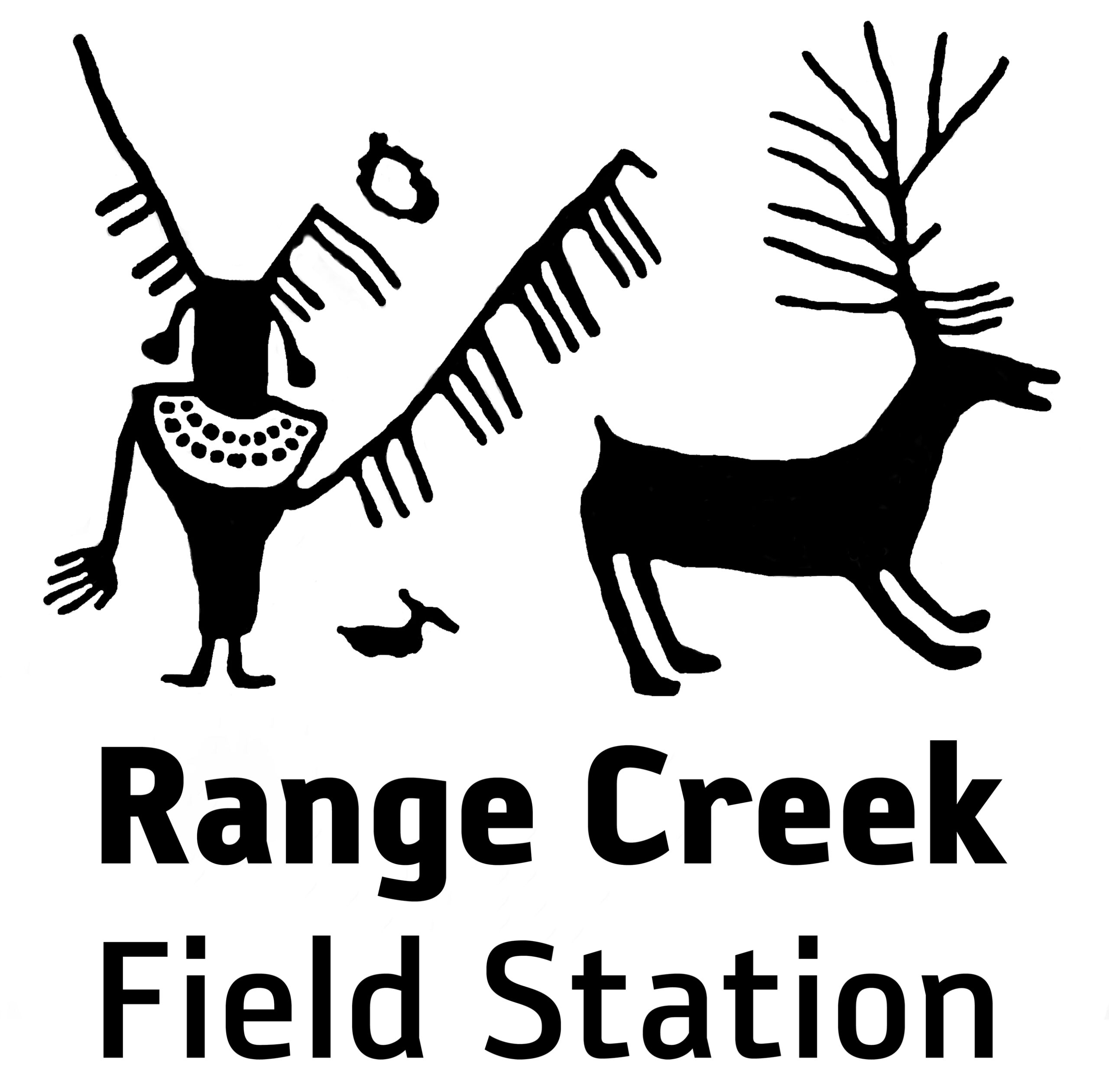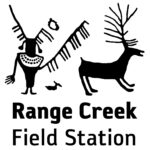
The Range Creek Field Station, was established in 2009, for the scientific investigation, preservation, and protection of the incredible archaeological resources found there. The field station is managed by the Natural History Museum of Utah. The Range Creek Field Station includes ~3,000 acres of state land along the bottom of the canyon, surrounded by nearly 50,000 acres of BLM wilderness land. The area houses hundreds of archaeological sites, protecting the rich history of the people who occupied this canyon over the last 1,500 years. The restricted access to the area over the last 100 years has kept these sites in near pristine condition. Archaeologists at the museum collaborate with their colleagues from the University of Utah Departments of Anthropology, Geography, and others, to form a multidisciplinary coalition of researchers, educators, and individuals investigating the natural and human history of this remarkable place. Three summer field schools are offered at the field station including the Range Creek Archaeological Summer Field School, Zooarchaeology Field School, and Paleoenvironmental Reconstruction Field School.
Over 500 archaeological sites have been recorded in Range Creek Canyon since 2002. The sites typically date to the Fremont Archaeological Complex (300 CE-1350 CE). In Range Creek, sites can be grouped into several categories. Most commonly we find Open Residential sites, Storage sites, Rock Imagery sites, Artifact Scatters, and Rock Shelters. This fourteen mile long “slice” of the past, presents modern day researchers with the unexpected and unprecedented opportunity to study human adaptation and biodiversity in a variety of environmental settings that are physically linked in a single integrated and definable system. Completing an archaeological inventory of the more than 50,000 critical acres drained by Range Creek is a daunting task and will take decades to complete given the challenges of the terrain. Research opportunities for scientists and their students are limited only by their imagination and current technology, both of which will continue to become more sophisticated in the future.
-

- North America
- 301 Wakara Way
- Salt Lake City
- 84108
- United States
- Utah
- 39
- 110
- sboomgarden@nhmu.utah.edu
- https://www.rangecreek.org
- 2009
- 2011
- Yes
- NHMU-UofU
- 301 Wakara Way
- Salt Lake City
- 84108
- United States
- Utah
- Shannon Boomgarden
- sboomgarden@nhmu.utah.edu
- 301 Wakara Way
- +18015875747
- Shannon Boomgarden
- sboomgarden@nhmu.utah.edu
- sboomgarden@nhmu.utah.edu
- Shannon Boomgarden
- sboomgarden@nhmu.utah.edu
- sboomgarden@nhmu.utah.edu
- $200,001 - $500,000
- 1001-2500
- No
- Yes
- Yes
- 3-5
- 1-2
- 1-10
- 0
- Solar or Off Grid
- 61+
- Yes
- Undergraduate
- Terrestrial
- Temperate Woodland and Shrubland
- 1501-3000 meters
- 3000+ meters
- B (arid)
- Yes
- Rural
- Yes
- Yes
- Yes
- Yes
- Yes
- Yes
- Yes
- 30
- 50
- 20
- Year Founded
- 2009
- Year Joined OBFS
- 2011
- Size of Field Station (hectares)
- 1001-2500
- FSML Web Address
- https://www.rangecreek.org
- Private nonprofit organization?
- No
- Universities affiliated / Parent Organization
- NHMU-UofU
- Federal, state, or local governmental partners?
-
No
- Member of the Virtual Field
- No

